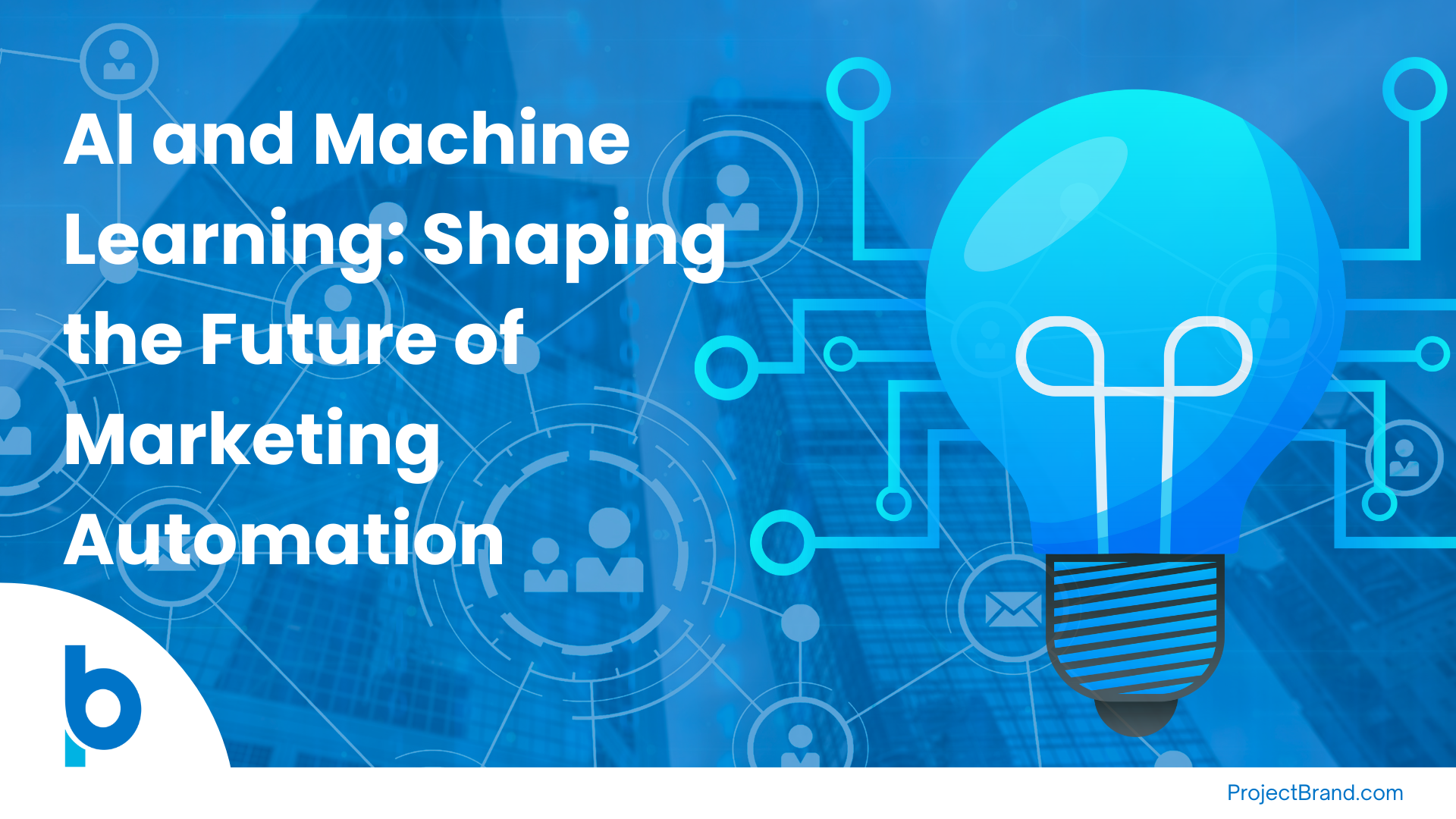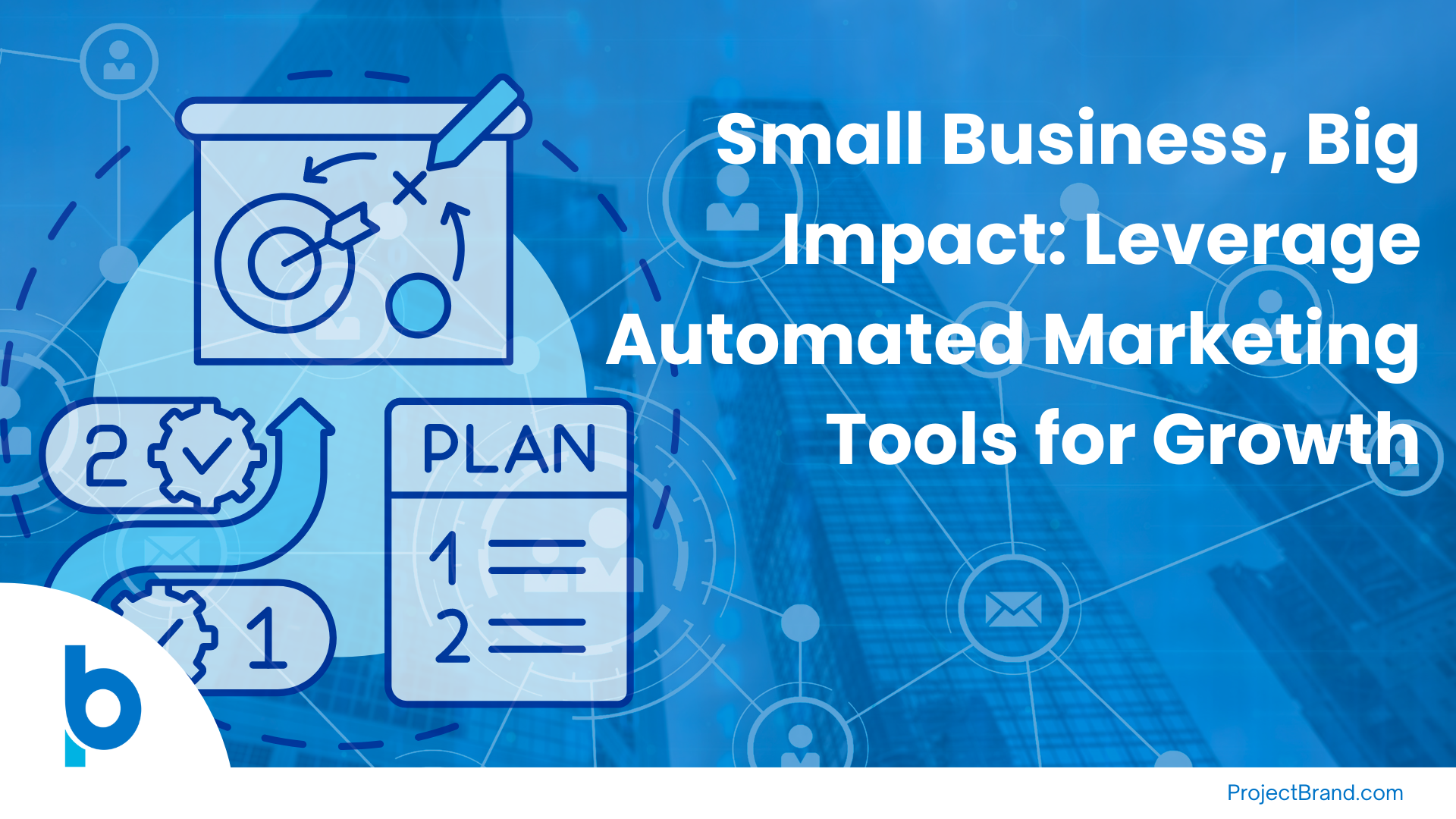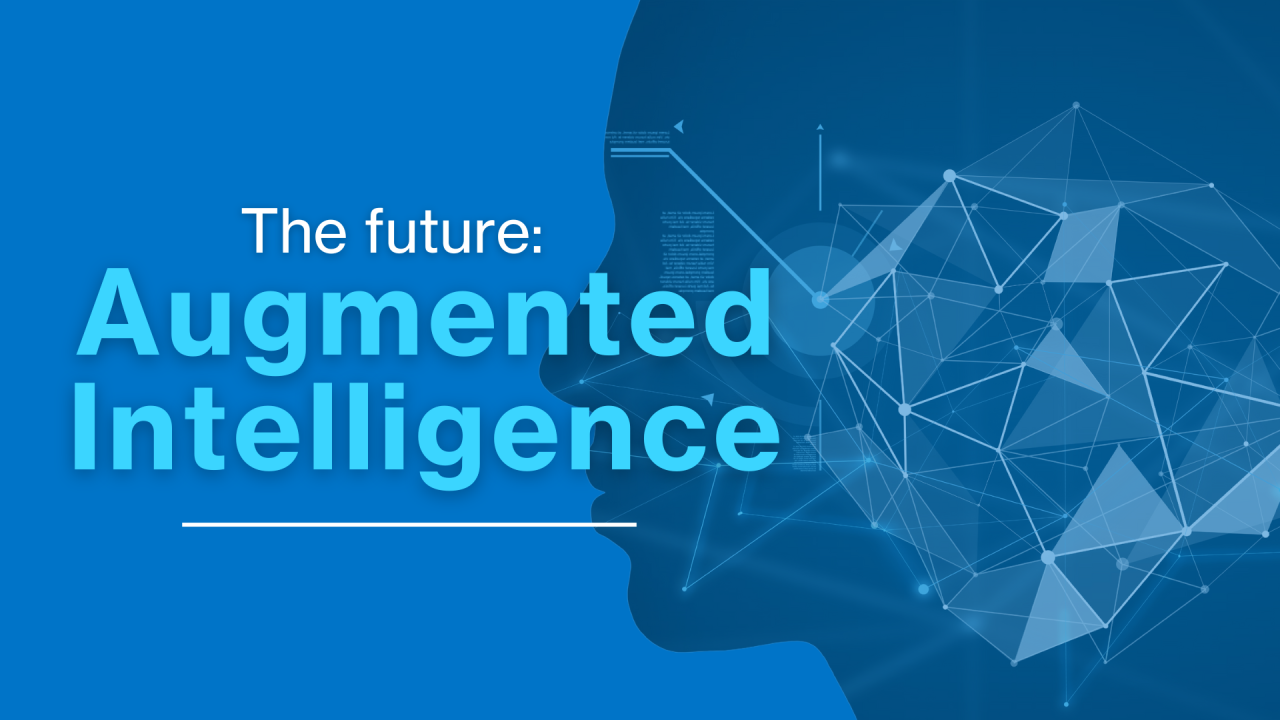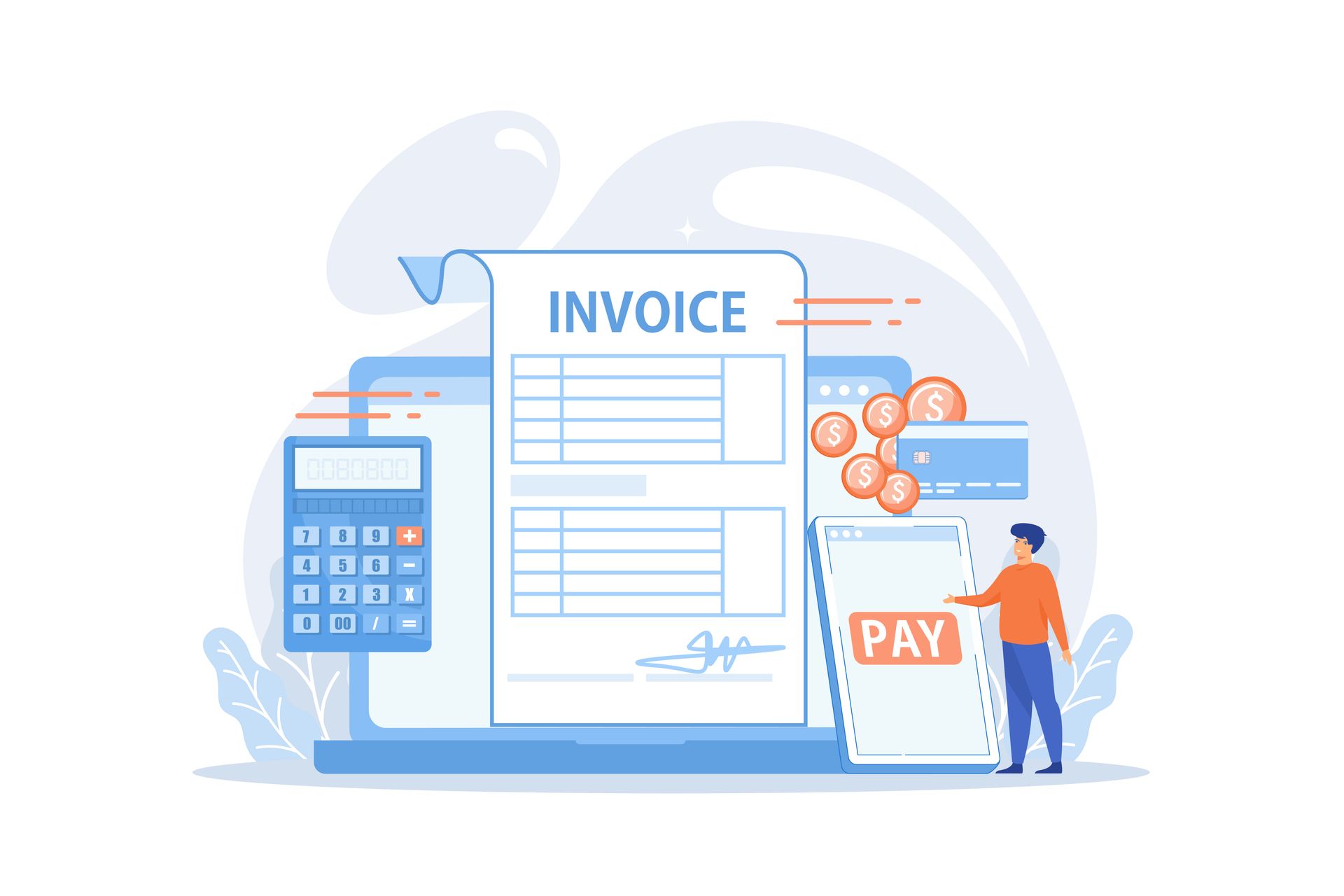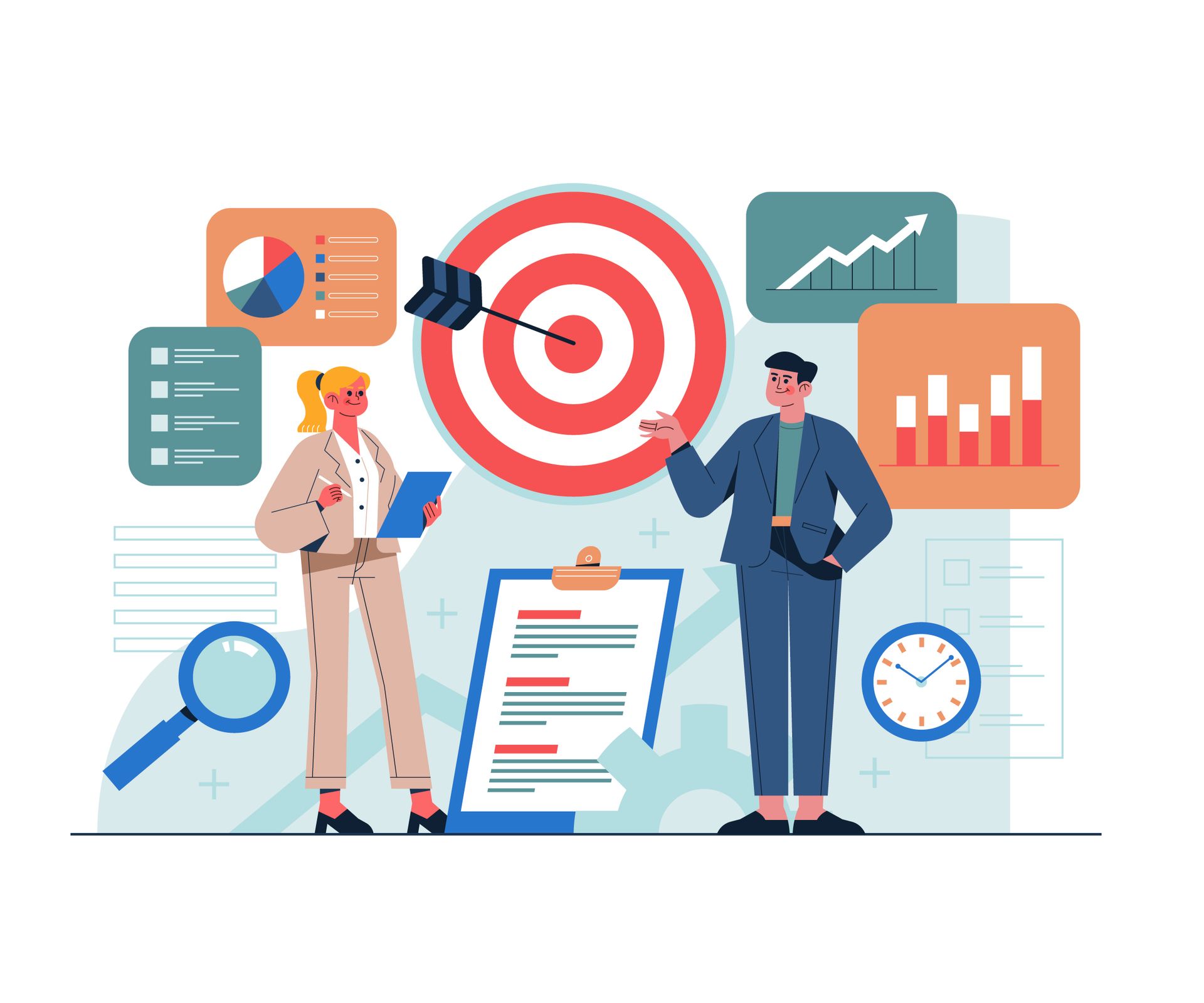Receive our Newsletter
Evaluating the Long-Term Value of CRM Systems: Are They Really Worth the Investment?
Customer Relationship Management (CRM) systems have become a crucial part of any business that aims to maintain and improve customer relationships. They serve as a centralized platform that stores all customer-related data, from contact information to purchase history, and helps businesses understand their customer behavior and preferences. This understanding is then used to tailor experiences, products, and services to individual customers, thereby enhancing customer satisfaction and loyalty.
However, implementing a CRM system requires a significant investment of time, resources, and funds. Therefore, it is essential for businesses to carefully evaluate the potential value and return on investment (ROI) that a CRM can offer before deciding to implement it. This article aims to provide a comprehensive evaluation of the long-term value of CRM systems and help businesses answer the question: are they really worth the investment?
Understanding the Value of CRM
The value of a CRM system is multi-faceted and extends beyond just monetary returns. It offers a central repository of customer data, ensuring all employees have access to the same updated information. This leads to improved collaboration and communication within the organization, resulting in more efficient customer service and enhanced customer satisfaction.
Moreover, CRM systems provide businesses with data-driven insights for better decision-making. Businesses can identify trends, patterns, and preferences that can guide their marketing, sales, and customer service strategies by analyzing customer data. This ability to make informed decisions is of immense value in today's data-driven business world.
Lastly, a CRM system can automate many routine tasks, freeing up employees to focus on more value-adding activities. It can also help businesses streamline their processes, improving efficiency and productivity.
Breakdown: What is CRM and How Does It Work?
CRM stands for Customer Relationship Management. It involves managing and analyzing customer interactions and data throughout the lifecycle to improve customer service and retention and drive sales growth. A CRM system is a technology that facilitates this process by collecting and analyzing customer data from various sources, including emails, calls, social media, and more.
The working of a CRM system can be broken down into three stages: collection, analysis, and application. In the collection stage, the system collects customer data from various touchpoints and stores it in a central database. This data includes contact details, purchase history, preferences, and interactions.
Next, the system analyzes this data to derive actionable insights. It may identify customer behavior patterns, segment customers into different categories, predict future behavior, and more. Use these insights to improve the business's strategies and processes in the application stage. This could involve tailoring marketing campaigns to individual customer segments, personalizing customer service, predicting and addressing customer issues before they arise, and more.
Assessing the ROI of CRM Systems
When evaluating the ROI of CRM systems, it's essential to consider both the tangible and intangible benefits they offer. Tangible benefits include increased sales, reduced marketing costs, and improved productivity. These can be directly measured and quantified in monetary terms.
On the other hand, intangible benefits, such as enhanced customer satisfaction, improved employee morale, and better decision-making, may not directly translate into monetary terms but are crucial for the business's long-term success.
In calculating the ROI of a CRM system, businesses can compare the total cost of implementing and maintaining the system with the monetary value of its benefits. If the benefits outweigh the costs, the system offers a positive ROI.
Long-term benefits of a CRM system
In the long term, a CRM system can offer numerous benefits that significantly enhance a business's competitiveness and profitability. First, it can help businesses build solid, long-lasting customer relationships. By understanding their needs and preferences, businesses can offer personalized experiences that increase customer loyalty and lifetime value.
Second, a CRM system can improve operational efficiency by automating routine tasks and streamlining processes. This reduces costs and allows employees to focus on more strategic, value-adding activities.
Third, a CRM system provides businesses with a wealth of customer data to guide their future strategies. This data-driven approach can improve decision-making and business outcomes in the long run.
Real-world Examples of CRM Success Stories
Many businesses have successfully leveraged CRM systems to enhance their performance and profitability. For instance, Amazon uses its CRM system to offer personalized recommendations to its customers, significantly enhancing their shopping experience and boosting sales.
Similarly, Starbucks uses its CRM system to run its loyalty program, offering personalized deals and rewards to its customers based on their purchase history and preferences. This has not only increased customer loyalty but also driven repeat sales.
These are just a few examples of how businesses can use CRM systems to drive customer satisfaction, loyalty, and profitability.
Factors to Consider When Investing in CRM Systems
When considering investing in a CRM system, businesses should consider several factors. First, they should clearly define their business goals and identify how a CRM system can help achieve these goals.
Second, they should consider the cost of the system, including the initial implementation costs, ongoing maintenance costs, and training costs.
Third, they should assess the potential ROI of the system. This involves calculating the monetary value of the benefits the system can offer and comparing it with the total cost of the system.
Lastly, businesses should consider the scalability of the system. A good CRM system should be able to grow with the business and accommodate its changing needs.
How to Maximize the Value of CRM Systems
To maximize the value of CRM systems, businesses should first ensure that they are fully utilized. This involves training all employees on using the system and encouraging them to use it regularly.
Second, businesses should regularly update and maintain the system to remain effective and efficient.
Third, they should leverage the data and insights provided by the system to improve their strategies and processes. This involves regularly analyzing the data and acting on the insights derived.
Are CRM Systems Worth the Investment?
Based on the benefits and ROI CRM systems can offer, they are worth the investment. They provide tangible benefits such as increased sales and improved efficiency and intangible benefits such as enhanced customer satisfaction and better decision-making.
However, the ultimate value of a CRM system depends on how effectively it is implemented and used. Businesses that fully leverage the capabilities of their CRM systems are likely to derive the most value from them.
Conclusion: CRM - A Valuable Investment for Businesses?
In conclusion, CRM systems offer immense value to businesses, making them a worthwhile investment. They help businesses better understand their customers, improve operational efficiency, make data-driven decisions, and build solid and long-lasting relationships.
Not sure what CRM system to use?
Check ProjectBrand's CRM+ Solution now — where all your business needs are met in one place. Its comprehensive features and user-friendly interface are designed to provide businesses with maximum value and ROI.

